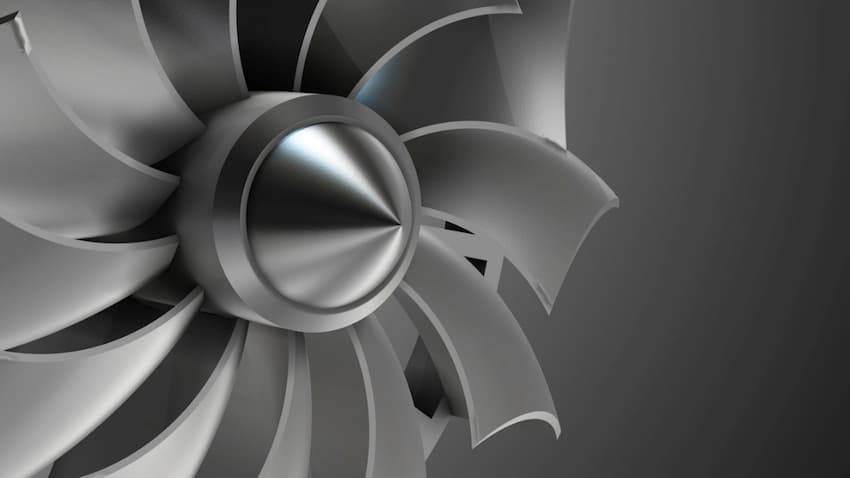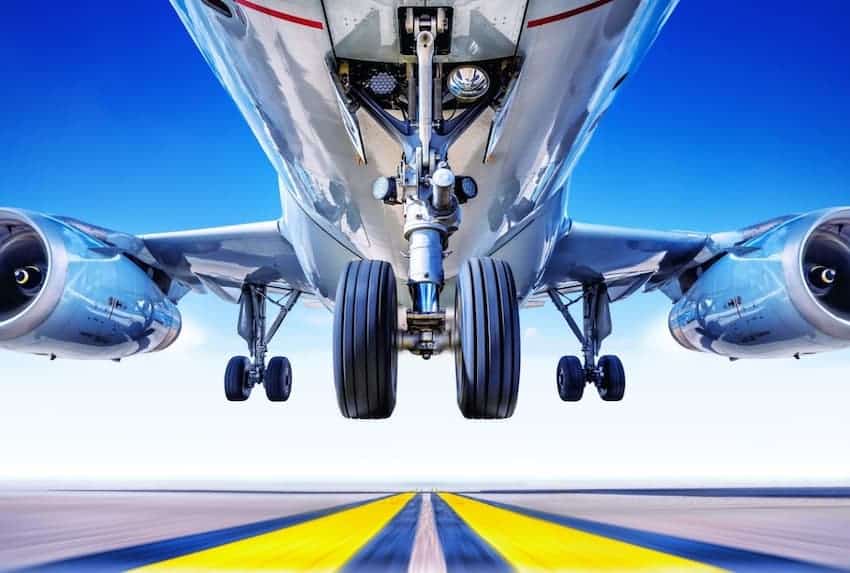Trams have long been an essential part of urban landscapes worldwide, connecting people to various destinations efficiently and evoking a sense of nostalgia and charm that transcends time. From the iconic cable cars in San Francisco to the historic trams in Lisbon and the modern systems in Milan, trams continue to be a popular and reliable form of public transport. While the exterior design, tracks, and electrical systems are usually the focus of their functionality, the reliability and efficiency of the spring system behind the trams are equally important to the overall performance of these vehicles.
As cities continue to invest in sustainable public transport, explore with us the utmost importance of springs in trams, delving into how these components are central to both stability and passenger comfort.
Trams as a Popular Means of Urban Public Transport
Trams are an iconic part of urban transport, reaching all the way back to the 19th century. Originally horse-drawn, this humble mode of transportation started in cities surrounded by factories, quickly gaining popularity due to its ability to ferry large groups of people quickly and smoothly. As time went by, trams underwent significant advancements, transitioning from steam-powered systems to electrically operated ones. Today, modern trams represent some of the most sophisticated urban transportation systems, becoming a real symbol of mobility.
What sets trams apart from other transport, such as buses and cars, is their fixed tracks. This pre-defined route system not only reduces traffic by providing an exclusive lane but also improves organisation, unlike vehicles that contribute to street congestion. It’s this specific integration that makes trams a cornerstone in the urban transportation landscape!
The Importance of Springs in Trams
Behind the smooth functioning of trams, there’s a complex network of components that work synergistically to make daily commutes punctual and reliable. Numerous elements form the anatomy of a tram, each performing a specific role. Core components, including the chassis, wheels, braking system, and electrical structure, work symbiotically to guarantee the tram manages to traverse complicated cityscapes while adhering to stringent safety standards.
Among the essential elements within a tram, springs hold a distinguished position due to their dual responsibility of preserving stability and augmenting ride comfort. Springs, typically coil and suspension springs or leaf variants, absorb the impact caused by inconsistencies in the track, like uneven surfaces or curves, mitigating disturbances that would otherwise jolt passengers and reduce ride quality. Additionally, their elasticity and energy-absorbing nature are critical in maintaining the structural integrity of the tram, preventing wear and tear on other components. As a result, springs are at the heart of elevating each journey with an assurance of reliable comfort.
Springs in Action: from Dissipating Energy to Reducing Vibration
As we saw, springs in trams serve a dual purpose, showing their importance within the complex mechanics of these vehicles. Their primary role lies in guaranteeing stability, a fundamental aspect of engaging with the diversity of challenges that tram service typically encounters. Trams navigate a dynamic landscape of urban variables: sharp bends, uneven sections of track, and the necessity to comply with fluid traffic flows that need sudden departures or stops in movement. In dealing with all these tasks, springs let the tram remain stable and poised at all times.
The even distribution of various forces, such as vibrations from wheels and abrupt changes in speed, is made possible by the springs that are strategically positioned throughout the tram’s suspension system. Like a skilled negotiator, springs interact with these dynamic forces, absorbing their energy and dispelling it to impact the comfort of the passengers minimally.
Extending Trams’ Longevity
Springs are precious allies in tram rides, but their duties extend beyond safeguarding passenger comfort: their functions also contribute immensely towards the preservation of the tram itself. By mitigating unavoidably harsh forces, springs lessen the punishment that tram components would otherwise endure. The constant absorption and redistribution of stress help to prevent premature degradation and failure of components, resulting in protecting the structural integrity of the tram. This, in turn, improves the lifespan of the vehicle, making springs not just comfort providers for passengers but also protectors of the vehicle’s long-term health.
On the Tracks of Safety with European Springs
At European Springs, we understand the importance of springs in trams. As leading UK spring suppliers, we excel in producing a variety of springs for the rail industry. Our expertise lies not only in the design and production of these components but also in tailoring them to meet the specific needs of different tram models and operating conditions.
Don’t compromise on quality and performance; choose European Springs for all your spring needs. Get in touch with our team to discuss your requirements, and let us provide you with tailored and high-performance spring solutions. Invest in the best, and together, let’s build a smoother, safer, and more comfortable future for urban transportation.






 Many of us will have received electronic devices as Christmas presents, whether it’s a smartphone, a tablet, or a smartwatch. And while we surely appreciate the great benefits of such devices, it is equally interesting to reflect on what’s behind their complex technology. What makes them tick? And what place do springs and pressings have in making a smartphone work smoothly? It’s time to find out.
Many of us will have received electronic devices as Christmas presents, whether it’s a smartphone, a tablet, or a smartwatch. And while we surely appreciate the great benefits of such devices, it is equally interesting to reflect on what’s behind their complex technology. What makes them tick? And what place do springs and pressings have in making a smartphone work smoothly? It’s time to find out.











 Springs and Pressings in Military Aircraft
Springs and Pressings in Military Aircraft









